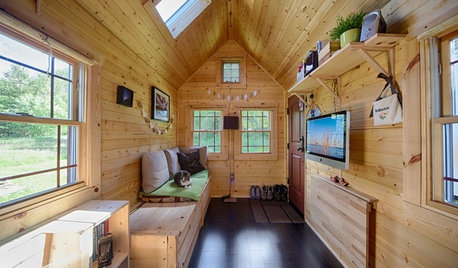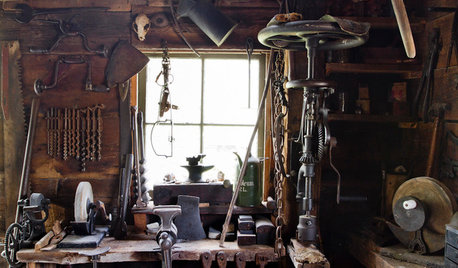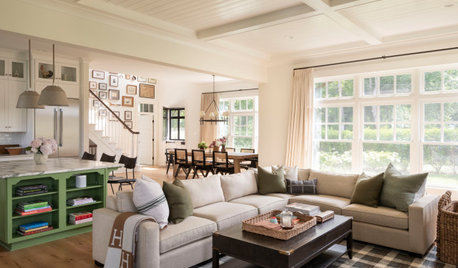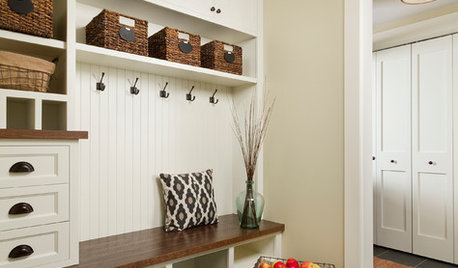Using a 120 volt Leg Within 240v Welder
briggsgalaxieman
12 years ago
Related Stories

GREEN BUILDINGSunlight Used Right: Modern Home Designs That Harness Solar Power
Embracing passive heating principles through their architecture, siting and more, these homes save energy without skimping on warmth
Full Story
LIGHTINGThe Lowdown on High-Efficiency LED Lighting
Learn about LED tapes, ropes, pucks and more to create a flexible and energy-efficient lighting design that looks great
Full Story
SMALL HOMESHouzz Tour: Sustainable, Comfy Living in 196 Square Feet
Solar panels, ship-inspired features and minimal possessions make this tiny Washington home kind to the earth and cozy for the owners
Full Story
MOVING10 Rooms That Show You Don’t Need to Move to Get More Space
Daydreaming about moving or expanding but not sure if it’s practical right now? Consider these alternatives
Full Story
MATERIALSAre You a Maker? Show Us Your Favorite Tool or Material
Houzz Call: A tool or material can be a maker’s best friend. We’d like to see your favorite — and what it helps you achieve
Full Story
FURNITUREYour Essential Sofa Buying Guide
Here’s what to consider when looking for a quality sofa that will last
Full Story
MOST POPULARHow High Should You Mount Your TV?
Today we look at an important question to consider when locating your television: How high should you set it?
Full Story
BATHROOM DESIGNHow to Settle on a Shower Bench
We help a Houzz user ask all the right questions for designing a stylish, practical and safe shower bench
Full Story
THE HARDWORKING HOMEHow to Design a Marvelous Mudroom
Architects and designers tell us how to set up one of the toughest rooms in the house
Full Story
TASTEMAKERSPro Chefs Dish on Kitchens: Michael Symon Shares His Tastes
What does an Iron Chef go for in kitchen layout, appliances and lighting? Find out here
Full StorySponsored
Columbus Area's Luxury Design Build Firm | 17x Best of Houzz Winner!
More Discussions









bus_driver
brickeyee
Related Professionals
Three Lakes General Contractors · Park Forest General Contractors · Pasadena General Contractors · Redding General Contractors · Signal Hill General Contractors · University City General Contractors · Security-Widefield General Contractors · Maplewood Solar Energy Systems · Pacific Grove Solar Energy Systems · Reedley Solar Energy Systems · Boynton Beach Home Automation & Home Media · Columbia Home Automation & Home Media · Rowland Heights Home Automation & Home Media · Westminster Home Automation & Home Media · Weston Home Automation & Home MediabriggsgalaxiemanOriginal Author
bus_driver
brickeyee
ionized_gw
petey_racer
weedmeister
briggsgalaxiemanOriginal Author
briggsgalaxiemanOriginal Author
Ron Natalie
briggsgalaxiemanOriginal Author
mike_kaiser_gw
hrajotte
brickeyee
Ron Natalie